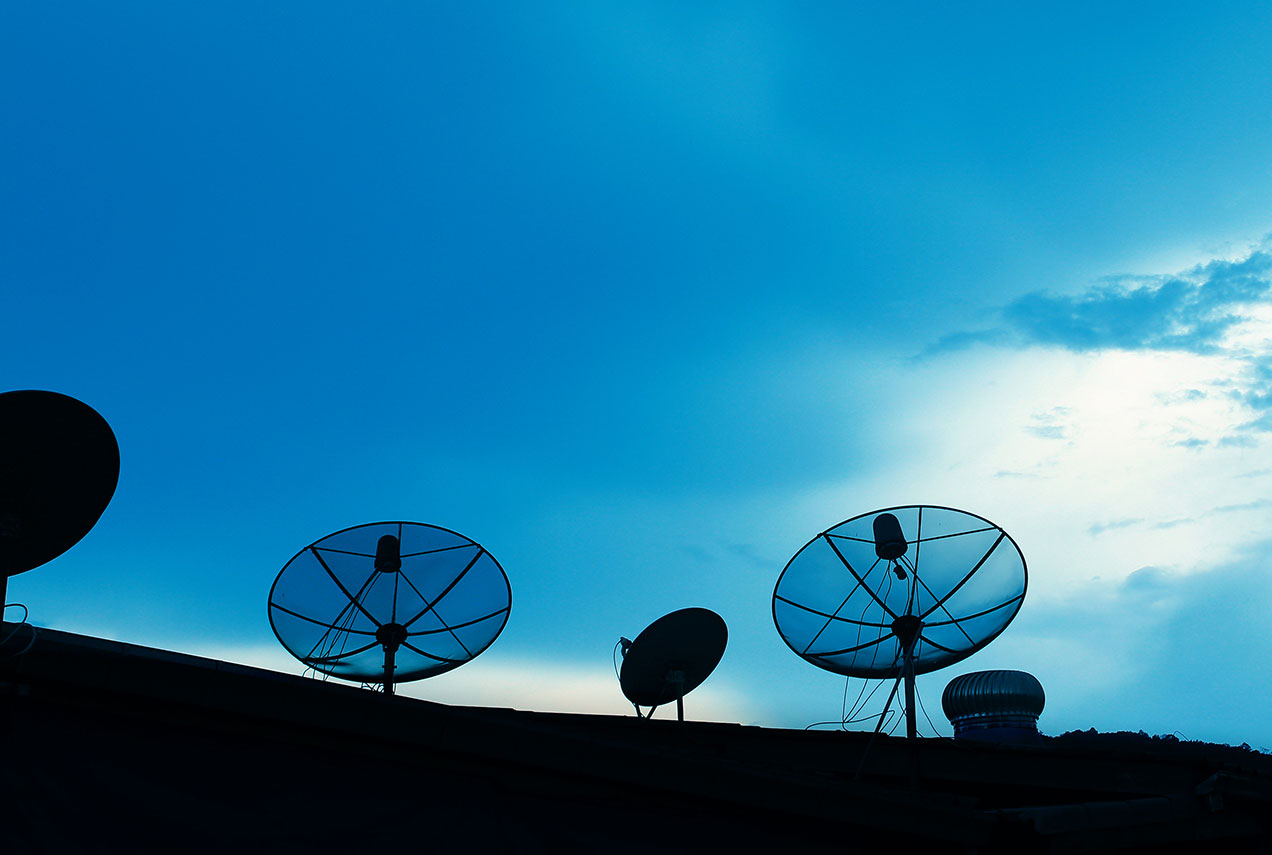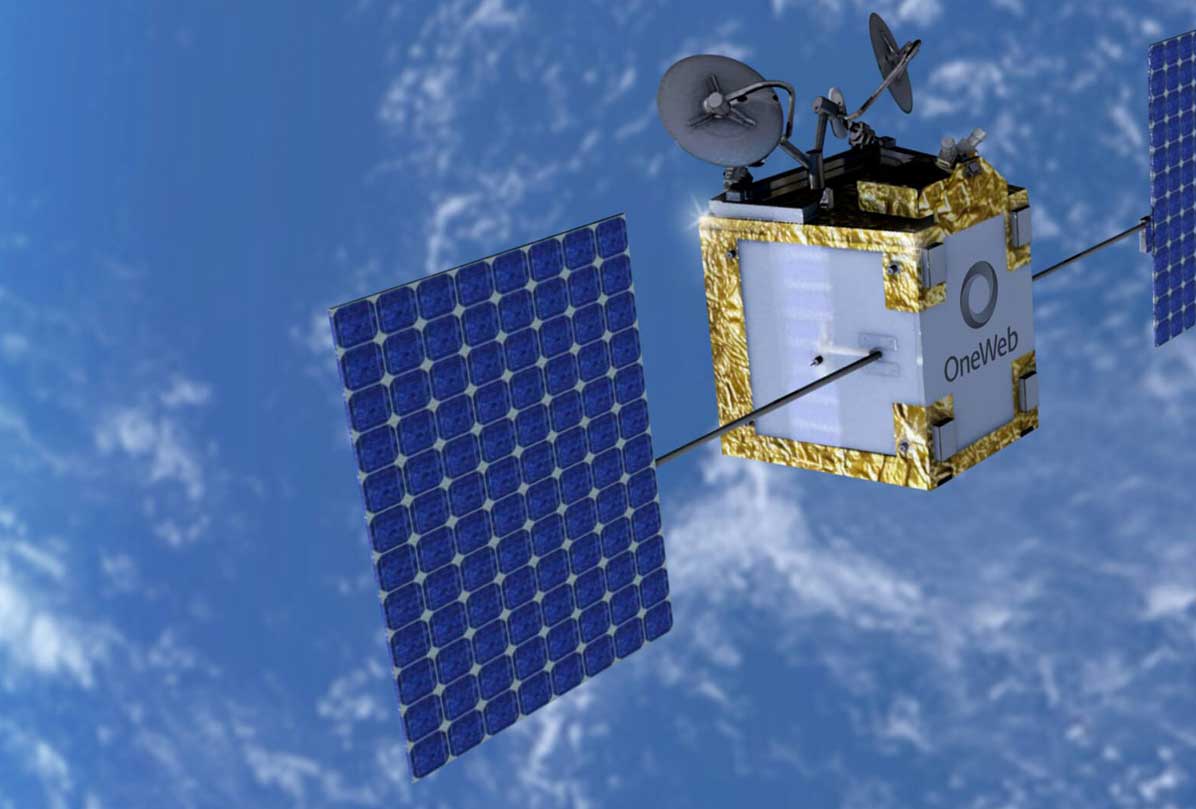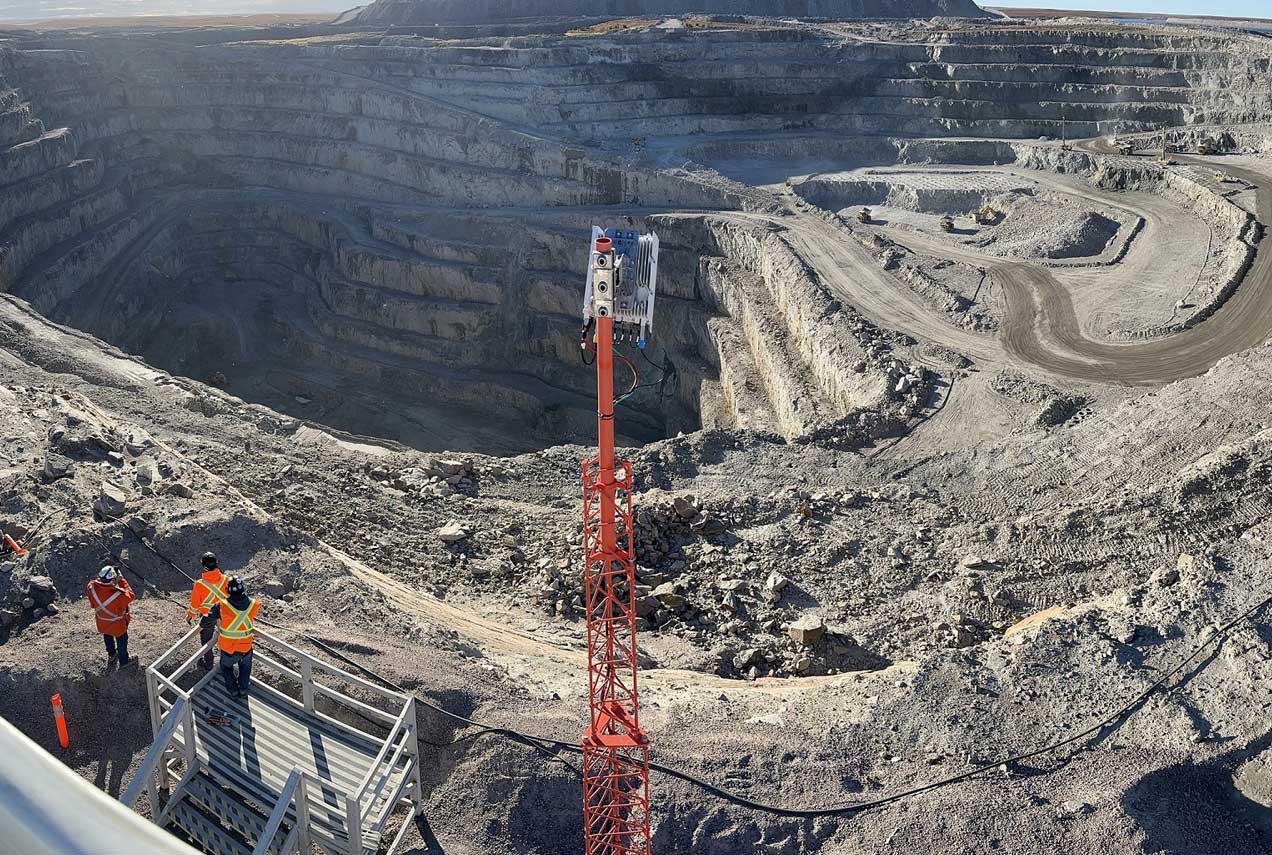Satellite internet is no longer a fringe technology for businesses across Canada, especially those operating in remote sectors like mining, construction, marine, and oil. With companies like NTFS and Galaxy Broadband leading the way, getting connected is easier than ever, even in the most isolated regions.
But one question looms: how much does it cost to start?
This post dives into the average expenses of installing Low Earth Orbit (LEO) and Geostationary Earth Orbit (GEO) satellite systems.
Remember that these figures are based on our projects at NTFS, and costs can vary significantly depending on the provider.
Key Takeaways
- Satellite internet is becoming a staple for businesses in Canada, especially in remote sectors.
- LEO might be the better fit if your business demands low latency and high-speed data. If you need wide-area coverage, consider GEO.
- Installation costs vary: Normal installations range from $2,000 to $4,000, while complex installations in very remote locations can exceed $20,000. NTFS offers tailored solutions for Canadian businesses considering either LEO or GEO systems. Use our cost calculator for an accurate estimate.
- Costs can be estimated by multiplying the required man-hours by the average field service technician wage.
- LEO satellites, operating below 2,000 kilometers, offer low latency and fast data transmission. GEO satellites, positioned around 36,000 kilometers above the Earth, provide wide-area coverage.
- Installing satellite internet varies based on equipment, installation complexity, location, and site-specific requirements.
- Remote installations, especially in areas like the Arctic, can significantly increase costs. Travel and logistics play a significant role in the final price tag.
Understanding the Difference Between LEO and GEO Satellite Internet
When it comes to satellite internet, you generally have two options: Low Earth Orbit (LEO) and Geostationary Earth Orbit (GEO) systems. Understanding their differences is crucial for making an informed decision about the best fit for your business needs.
Altitude and Orbital Characteristics
LEO satellites operate at lower altitudes, usually below 2,000 kilometers. They orbit the Earth quickly, completing an orbit in roughly 128 minutes. Examples like Eutelsat OneWeb at 1,200 kilometers and Starlink at 550 kilometers highlight the variance within LEO systems.
Because of their low altitude and high orbital velocity—about 28,000 kilometers per hour—LEO satellites have a smaller field of view and require a network of satellites to provide continuous coverage.
GEO satellites, on the other hand, are in a geostationary orbit, located approximately 36,000 kilometers above the Earth’s equator. They rotate with the Earth, staying fixed above a specific point, making it easy for ground antennas to maintain a constant connection.
Despite moving at around 11,300 kilometers per hour, their relative position to a fixed point on Earth remains constant.
LEO (Low Earth Orbit) Satellite Internet Installation Costs
Installing a LEO satellite internet system in Canada isn’t a one-size-fits-all process. Costs can differ, influenced by multiple factors. Knowing what can impact your bottom line helps you plan more effectively.
Factors Influencing LEO Satellite Installation Costs:
- Equipment Costs: The price of LEO equipment can vary. For instance, a basic commercial Starlink setup might start around $1,000, but prices can escalate based on specific requirements and can reach upwards of $3,800.
- Installation Complexity: Installation costs range from $2,000 to $4,000 for normal setups. For complex installations, especially in remote locations like the Arctic, costs can escalate up to $20,000 or more, depending on the scale and challenges involved.
- Location: Remote installations, especially in areas like the Arctic, can drive costs upwards. Travel expenses, including flights to these isolated regions, can be substantial. For instance, a LEO satellite installation in a remote Arctic location might cost $15,000, largely due to travel expenses.
- Site-Specific Requirements: Safety protocols, certifications, and site orientations can reduce installation time and cost. For instance, Local Area Network (LAN) build costs for a small campus LAN setup may cost around $6,000, while a larger campus accommodating 200-300 people can range from $50,000 to $60,000, covering networking equipment, cabling, and setup labor.
GEO (Geostationary Earth Orbit) Satellite Internet Installation
If you’re contemplating a GEO satellite internet system, it’s essential to know that while many cost factors mirror those of LEO systems, the technologies are distinct, leading to different expenses.
Factors Influencing GEO Satellite Installation Costs:
- Equipment Costs: GEO equipment can range from a couple of thousand dollars to $30,000, especially for high-end setups. Factors like the type of dish, transmitter quality, and other equipment specifics can influence the price.
- Installation Complexity: Installing GEO systems, especially in adverse weather conditions, can be challenging. Precise dish pointing is crucial, and heavy weather can degrade signal quality, making the installation process more intricate.
- Location: As with LEO, the remoteness of the installation site can significantly impact costs. Traveling to distant sites, especially those near airports or in regions like Nunavut, can be expensive and time-consuming.
- Availability: GEO satellites can offer higher availability, especially in C-band frequencies. This makes them a preferred choice for applications where consistent connectivity is paramount.
LEO vs GEO satellite Internet: What makes more sense for businesses?
Choosing between LEO and GEO systems isn’t a one-size-fits-all decision; it depends on your specific business needs.
LEO: Speed and Low Latency
LEO satellites excel in situations demanding low latency and fast data transmission. If your business requires critical communications, a LEO system offers an experience akin to high-speed, fiber-connected internet.
Moreover, the constant movement of LEO satellites minimizes the risk of signal blockage. This makes LEO particularly useful in geographically challenging landscapes, such as mountainous or densely forested areas.
GEO: Wide-Area Coverage
Conversely, GEO satellites deliver wide-area coverage. Given their fixed position, they can cover much of the Earth’s surface.
They are the backbone of global communications, ideal for broadcasting and weather forecasting. However, GEO may not be the best choice if your business needs low-latency connectivity.
Making The Decision
LEO might be the go-to option for businesses prioritizing speed and low latency, especially those in remote or rugged terrains. With its broad coverage, GEO could be more suitable for enterprises looking to connect multiple distant locations but can compromise on latency.
Costs Recap
Cost Factor | Cost Range/Details |
Basic Installation | Simple installation: Around $800 – $2,000 |
High-End Installation | Can go up to $20,000, especially in remote areas |
Travel and Transportation | Significant part of the cost, especially for remote sites |
Site Safety Requirements | Additional certifications and orientations may add costs |
Weather Conditions | Adverse weather can complicate installations and add costs |
Equipment Costs | Starlink: $1,000 – $3,200 for business class |
Dual Parabolic: Around $21,000 for heated units | |
GEO: $1,500 – $30,000 depending on the system | |
Freight for Equipment | Can be a couple of thousand dollars, more for remote locations |
Local Area Network (LAN) Build | Small campus: Around $6,000 |
Larger campus (200-300 people): Up to $50,000 – $60,000 | |
Permits and Licensing | Typically no direct costs, but approvals can take time |
Site Surveys | Often not feasible for remote locations due to cost equivalence to installation |
Additional Technical Costs | Costs for local distribution network, wiring, man hours, etc. |
Conclusion: Making the Right Choice for Your Business
We’ve delved into the intricacies of LEO and GEO satellite internet systems, their costs, and what they can offer to businesses across Canada. Satellite internet is more accessible than ever, and companies like NTFS and Galaxy Broadband are paving the way for businesses operating in remote or challenging landscapes.
Deciding between LEO and GEO boils down to your specific needs—low latency and high-speed data with LEO or wide-area coverage with GEO. Armed with this information, you’re better equipped to make an informed decision that aligns with your business goals and budget.
So, what’s your next step? As a leading provider of satellite internet installation services in Canada, NTFS offers robust and reliable solutions, whether you’re considering LEO or GEO systems. We invite you to leverage our expertise to connect your business, no matter where you operate within the vast Canadian landscape.






